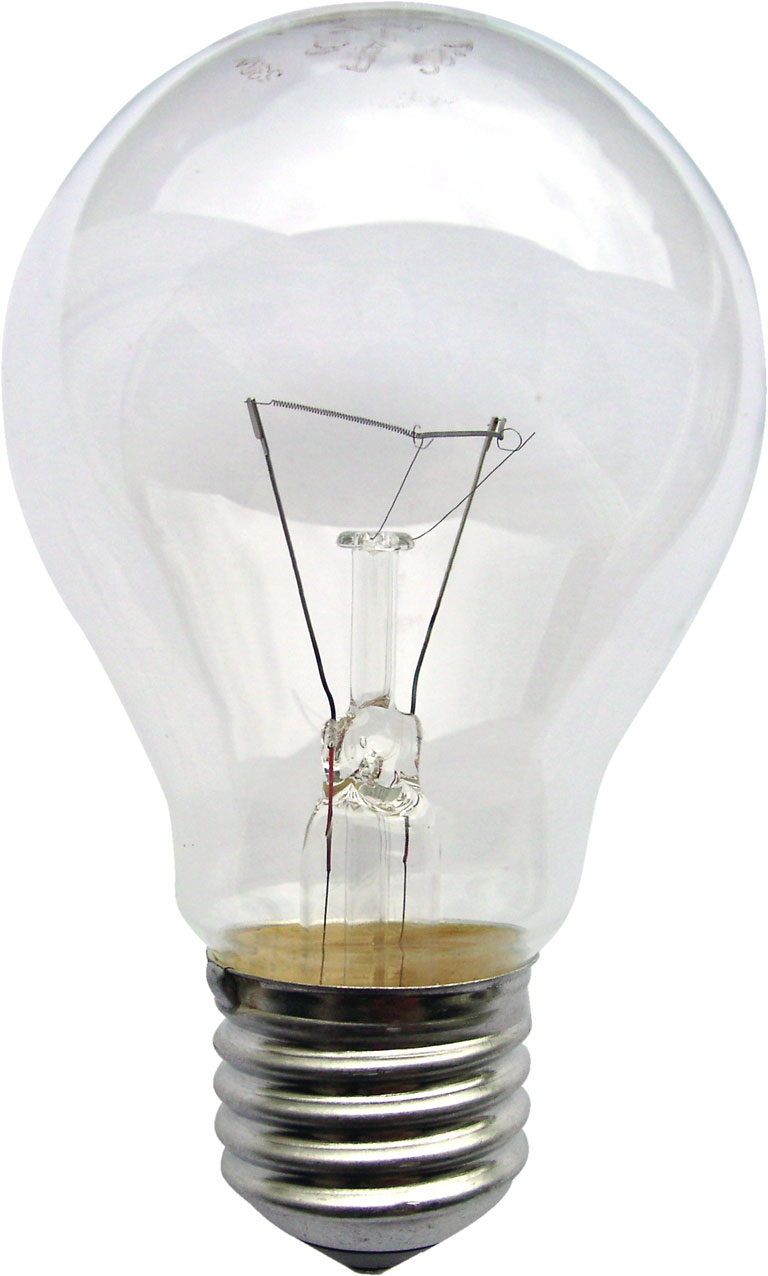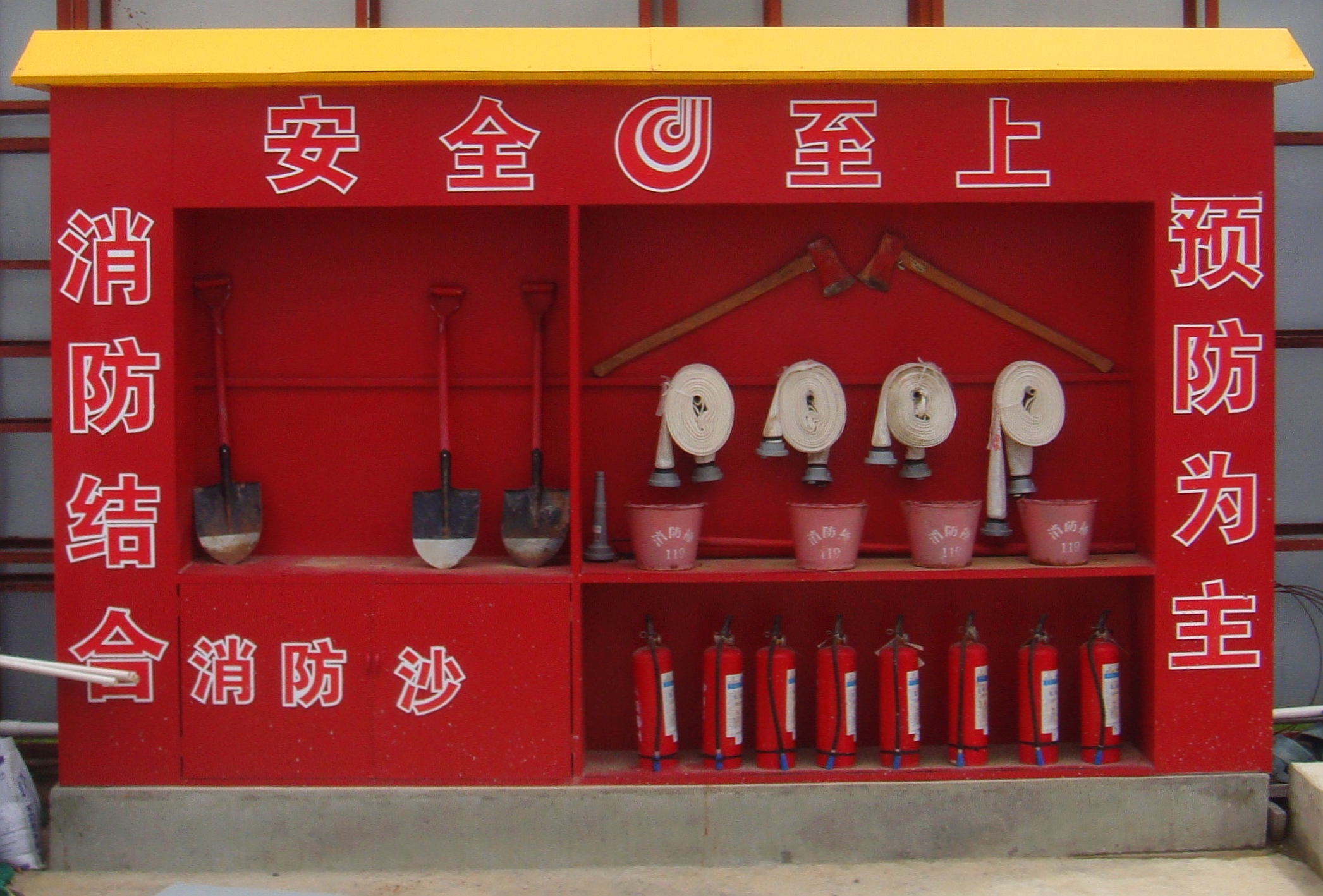|
Flameless Candle
Flameless candles are an electronic alternative to traditional wick candles. They are typically utilized as aesthetic lighting devices and come in a variety of shapes, colors and sizes. A flame-effect lightbulb contains multiple small light-emitting diodes and a control circuit to flash them in a semi-regular, flickering pattern. The bulb may be sold separately with a standard Edison screw for use in ordinary fixtures, or in a self-contained housing with battery. Flameless candles are designed to eliminate the need for an open flame, thus, reducing their potential as fire hazards. Appearance As a decorative element, the design of a flameless candle is relatively versatile. The body or "housing" of the device is commonly cylindrical, containing a battery pack and an often flame shaped LED light that rests at the top of the candle. Many manufactures use LED lights with an irregular twinkling or flicker effect to simulate the calming glow of an open flame. The body of a flameless ... [...More Info...] [...Related Items...] OR: [Wikipedia] [Google] [Baidu] |
Candle
A candle is an ignitable wick embedded in wax, or another flammable solid substance such as tallow, that provides light, and in some cases, a fragrance. A candle can also provide heat or a method of keeping time. A person who makes candles is traditionally known as a chandler. Various devices have been invented to hold candles, from simple tabletop candlesticks, also known as candle holders, to elaborate candelabra and chandeliers. For a candle to burn, a heat source (commonly a naked flame from a match or lighter) is used to light the candle's wick, which melts and vaporizes a small amount of fuel (the wax). Once vaporized, the fuel combines with oxygen in the atmosphere to ignite and form a constant flame. This flame provides sufficient heat to keep the candle burning via a self-sustaining chain of events: the heat of the flame melts the top of the mass of solid fuel; the liquefied fuel then moves upward through the wick via capillary action; the liquefied fuel finally ... [...More Info...] [...Related Items...] OR: [Wikipedia] [Google] [Baidu] |
Light-emitting Diode
A light-emitting diode (LED) is a semiconductor device that emits light when current flows through it. Electrons in the semiconductor recombine with electron holes, releasing energy in the form of photons. The color of the light (corresponding to the energy of the photons) is determined by the energy required for electrons to cross the band gap of the semiconductor. White light is obtained by using multiple semiconductors or a layer of light-emitting phosphor on the semiconductor device. Appearing as practical electronic components in 1962, the earliest LEDs emitted low-intensity infrared (IR) light. Infrared LEDs are used in remote-control circuits, such as those used with a wide variety of consumer electronics. The first visible-light LEDs were of low intensity and limited to red. Early LEDs were often used as indicator lamps, replacing small incandescent bulbs, and in seven-segment displays. Later developments produced LEDs available in visible, ultraviolet (UV) ... [...More Info...] [...Related Items...] OR: [Wikipedia] [Google] [Baidu] |
Edison Screw
Edison screw (ES) is a standard lightbulb socket for electric light bulbs. It was developed by Thomas Edison (1847–1931), patented in 1881, and was licensed in 1909 under General Electric's Mazda trademark. The bulbs have right-hand threaded metal bases (caps) which screw into matching threaded sockets (lamp holders). For bulbs powered by AC current, the thread is generally connected to neutral and the contact on the bottom tip of the base is connected to the "live" phase. In North America and continental Europe, Edison screws displaced other socket types for general lighting. In the early days of electrification, Edison screws were the only standard connector, and appliances other than light bulbs were connected to AC power via lamp sockets. Today Edison screw sockets comply with international standards. History In the United States, early manufacturers of incandescent lamps used several different and incompatible bases in the 1880s and 1890s. In designing his screw, Edis ... [...More Info...] [...Related Items...] OR: [Wikipedia] [Google] [Baidu] |
Light-emitting Diode
A light-emitting diode (LED) is a semiconductor device that emits light when current flows through it. Electrons in the semiconductor recombine with electron holes, releasing energy in the form of photons. The color of the light (corresponding to the energy of the photons) is determined by the energy required for electrons to cross the band gap of the semiconductor. White light is obtained by using multiple semiconductors or a layer of light-emitting phosphor on the semiconductor device. Appearing as practical electronic components in 1962, the earliest LEDs emitted low-intensity infrared (IR) light. Infrared LEDs are used in remote-control circuits, such as those used with a wide variety of consumer electronics. The first visible-light LEDs were of low intensity and limited to red. Early LEDs were often used as indicator lamps, replacing small incandescent bulbs, and in seven-segment displays. Later developments produced LEDs available in visible, ultraviolet (UV) ... [...More Info...] [...Related Items...] OR: [Wikipedia] [Google] [Baidu] |
Air Fresheners
Air fresheners are consumer products that typically emit fragrance and are used in homes or commercial interiors such as restrooms, foyers, hallways, vestibules and other smaller indoor areas, as well as larger areas such as hotel lobbies, auto dealerships, medical facilities, public arenas and other large interior spaces. Car fresheners are used in automobiles. As a source of odors, specific deodorizing blocks are made for toilets and urinals. There are many different methods and brands of air fresheners. Some of the different types of air fresheners include electric fan air fresheners, gravity drip hygiene odor control cleaning systems, passive non-mechanical evaporating aroma diffusers, metered aerosol time-operated mist dispensers, sprays, candles, oils, gels, beads, and plug-ins. Some air fresheners contain chemicals that provoke allergy and asthma symptoms or are toxic. Air freshening is not only limited to modern day sprays, air freshening also can involve the use of ... [...More Info...] [...Related Items...] OR: [Wikipedia] [Google] [Baidu] |
Insect Repellent
An insect repellent (also commonly called "bug spray") is a substance applied to skin, clothing, or other surfaces to discourage insects (and arthropods in general) from landing or climbing on that surface. Insect repellents help prevent and control the outbreak of insect-borne (and other arthropod-bourne) diseases such as malaria, Lyme disease, dengue fever, bubonic plague, river blindness, and West Nile fever. Pest animals commonly serving as vectors for disease include insects such as flea, fly, and mosquito; and ticks (arachnids). Some insect repellents are insecticides (bug killers), but most simply discourage insects and send them flying or crawling away. Nearly any would be fatal upon reaching the median lethal dose, but classification as an insecticide implies death even at lower doses. Effectiveness Synthetic repellents tend to be more effective and/or longer lasting than "natural" repellents. For protection against mosquito bites, the U.S. Centers for Diseas ... [...More Info...] [...Related Items...] OR: [Wikipedia] [Google] [Baidu] |
Geranial
Citral is an acyclic monoterpene aldehyde, and being a monoterpene, it is made of two isoprene units. Citral is a collective term which covers two geometric isomers that have their own separate names; the ''E''-isomer is named geranial (''trans''-citral) or citral A. The ''Z''-isomer is named neral (''cis''-citral) or citral B. These stereoisomers occur as a mixture, not necessarily racemic; e.g. in essential oil of Australian ginger, the neral to geranial ratio is 0.61. Occurrence Citral is present in the oils of several plants, including lemon myrtle (90–98%), '' Litsea citrata'' (90%), ''Litsea cubeba'' (70–85%), lemongrass (65–85%), lemon tea-tree (70–80%), ''Ocimum gratissimum'' (66.5%), '' Lindera citriodora'' (about 65%), '' Calypranthes parriculata'' (about 62%), petitgrain (36%), lemon verbena (30–35%), lemon ironbark (26%), lemon balm (11%), lime (6–9%), lemon (2–5%), and orange. Further, in the lipid fraction (essential oil) of Australian ginger (51-7 ... [...More Info...] [...Related Items...] OR: [Wikipedia] [Google] [Baidu] |
Flame
A flame (from Latin ''flamma'') is the visible, gaseous part of a fire. It is caused by a highly exothermic chemical reaction taking place in a thin zone. When flames are hot enough to have ionized gaseous components of sufficient density they are then considered plasma. Mechanism Color and temperature of a flame are dependent on the type of fuel involved in the combustion, as, for example, when a lighter is held to a candle. The applied heat causes the fuel molecules in the candle wax to vaporize (if this process happens in inert atmosphere without oxidizer, it is called pyrolysis). In this state they can then readily react with oxygen in the air, which gives off enough heat in the subsequent exothermic reaction to vaporize yet more fuel, thus sustaining a consistent flame. The high temperature of the flame causes the vaporized fuel molecules to decompose, forming various incomplete combustion products and free radicals, and these products then react with each other and with ... [...More Info...] [...Related Items...] OR: [Wikipedia] [Google] [Baidu] |
Fire Safety
Fire safety is the set of practices intended to reduce the destruction caused by fire. Fire safety measures include those that are intended to prevent the ignition of an uncontrolled fire and those that are used to limit the development and effects of a fire after it starts. Fire safety measures include those that are planned during the construction of a building or implemented in structures that are already standing, and those that are taught to occupants of the building. Threats to fire safety are commonly referred to as fire hazards. A fire hazard may include a situation that increases the likelihood of a fire or may impede escape in the event a fire occurs. Fire safety is often a component of building safety. Those who inspect buildings for violations of the Fire Code and go into schools to educate children on fire safety topics are fire department members known as ''Fire Prevention Officers''. The Chief Fire Prevention Officer or Chief of Fire Prevention will normally tra ... [...More Info...] [...Related Items...] OR: [Wikipedia] [Google] [Baidu] |
Battery (electricity)
An electric battery is a source of electric power consisting of one or more electrochemical cells with external connections for powering electrical devices. When a battery is supplying power, its positive terminal is the cathode and its negative terminal is the anode. The terminal marked negative is the source of electrons that will flow through an external electric circuit to the positive terminal. When a battery is connected to an external electric load, a redox reaction converts high-energy reactants to lower-energy products, and the free-energy difference is delivered to the external circuit as electrical energy. Historically the term "battery" specifically referred to a device composed of multiple cells; however, the usage has evolved to include devices composed of a single cell. Primary (single-use or "disposable") batteries are used once and discarded, as the electrode materials are irreversibly changed during discharge; a common example is the alkaline battery used ... [...More Info...] [...Related Items...] OR: [Wikipedia] [Google] [Baidu] |




